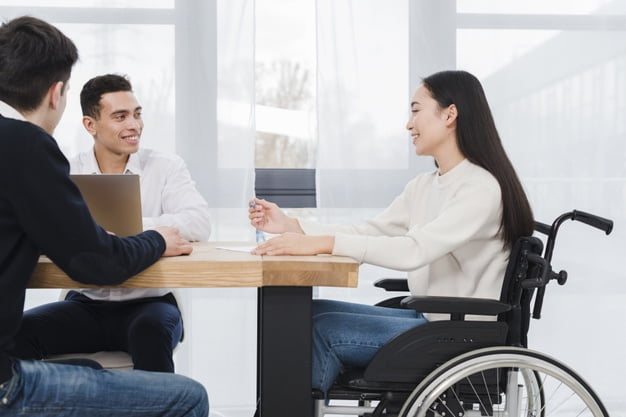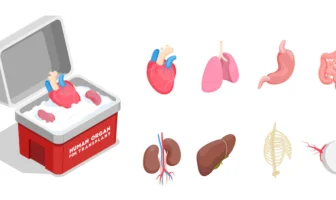
The life of an American adult can be extremely challenging at times. Going to work and supporting a family is not nearly as easy as it looks. Living with a long-term disability can further complicate being an adult, but there is a light at the end of the tunnel.
Learning how to live with a long-term disability will take time and patience. Most people with these problems develop a disability after a work-related accident or a car wreck.
Are you trying to learn how to live well with a long-term disability? If so, check out the helpful tips below.
Taking the Time to Mourn:
One of the biggest mistakes a person can make when dealing with a long-term disability is living in denial. Taking time to mourn the loss of some of the future plans you have is important. By doing this, it will be much easier to pick up the pieces and move on.
Trying to ignore or suppress feelings of depression or grief will only make things worse in the long run. After an accident that causes long-term disability, you may be put through a roller coaster of emotions. Instead of just putting on a happy face for the people around you, take the time to get out the hurt and anger bubbling under the surface.
Keeping these emotions bottled up may affect a person’s mental and physical well-being. With the right support group, getting through this difficult experience will be much easier.
Try To Avoid Dwelling on the Past:
Getting familiar with the physical limitations a long-term disability presents is the next step in the healing process. Often times, people who have these disabilities will dwell on what they can’t do instead of focusing on what they can do.
Even if your body feels broken, there are still activities to enjoy. Taking the time to learn in-depth information about the disability in question can also be helpful. This information is essential when trying to figure out new physical limitations.
Trying to push beyond these limitations can create even more health issues. Consulting with medical is crucial when trying to navigate the world with a physical disability.
Get Comfortable With Asking For and Receiving Help:
The biggest adjustment for the nearly 61 million Americans living with a long-term disability is asking for help. Most individuals are extremely independent, which is not always a good thing. Since a long-term disability will present new physical challenges, you need to get comfortable with asking for and receiving help from other people.
Often times, the help a person needs following the diagnosis of a serious disability will need to come from friends and family members close to them. Rather than lashing out at the people closest to you due to the frustration that accompanies being disabled, try talking to them about the emotions of this new reality. Not only will this tell them what you are going through, it can also provide them with a road map on how to provide the help needed.
Being Patient Pays Off:
Realizing the amount of work it takes to bounce back from a long-term disability diagnosis is essential. With some hard work and a good attitude, adjusting to your new reality will be far less challenging.
Read Also:




























